Andrea Dransfield has never been inside the belly of a whale, but she did get a pretty good glimpse inside several humpback’s mouths.
As a graduate student at San Francisco State University’s Romberg Tiburon Center for Environmental Studies, Dransfield got a first-hand view of humpback whales lunge feeding right next to the National Oceanic and Atmospheric Administration (NOAA) research vessel. The sighting was not only one of the most gratifying experiences of Dransfield’s research, but also it became a data point in her thesis. Between 2011 and 2012, she gathered records on oceanographic properties and humpback whale sightings during data collection cruises, adding to Point Blue Conservation Science’s extensive dataset, to create predictive models that could map out humpback whale high-use habitats and reduce the risk of whale ship strikes.
